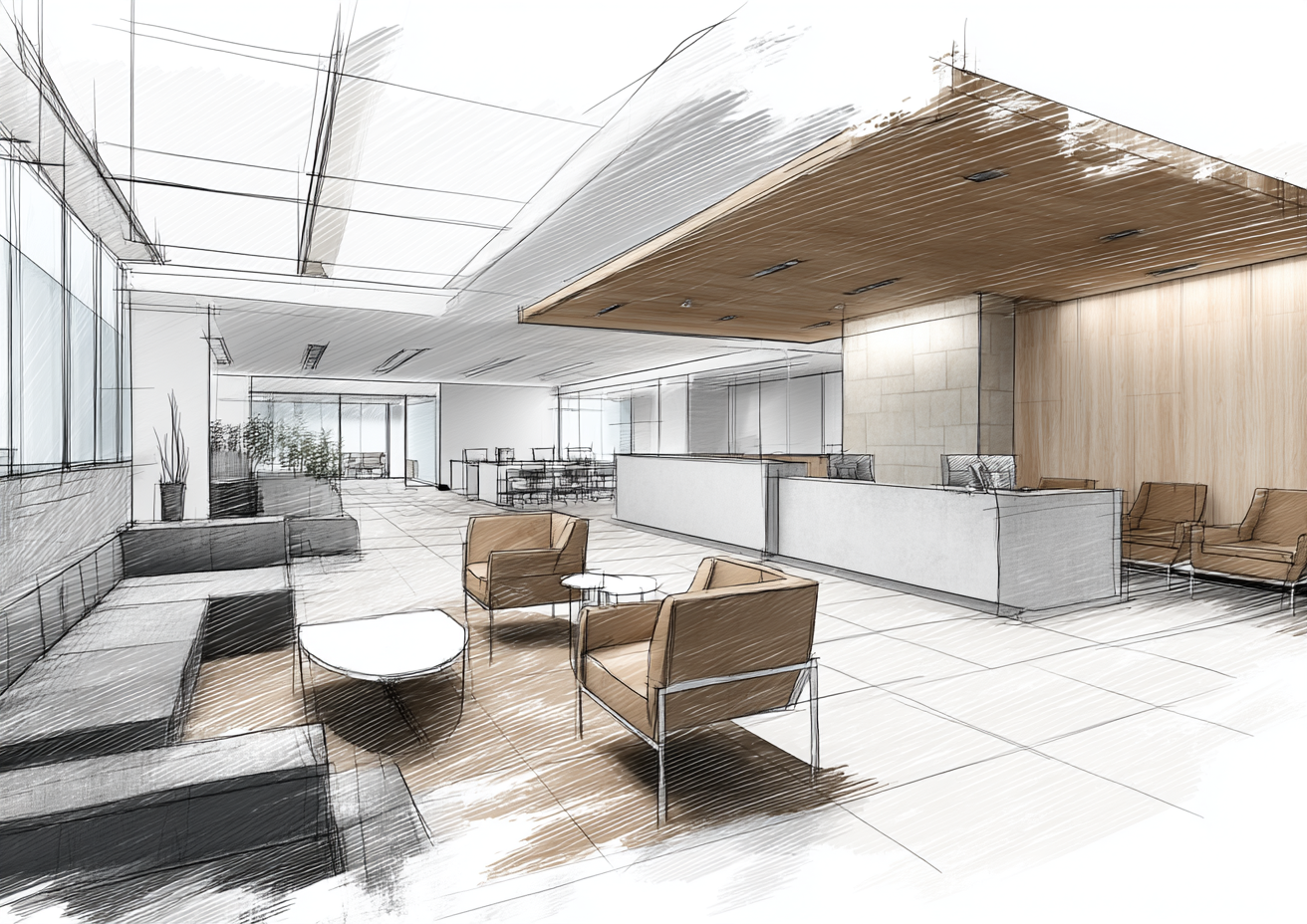Recent findings from Becker’s Hospital Review indicate that radiologists are increasingly moving towards radiology subspecialization following practice closures. This trend shows that a significant 10% of radiologists opt for specialized roles after their practices close, raising concerns about access to specialized care in the United States. Understanding the implications of this trend is crucial for healthcare professionals, radiologists, and medical administrators as they navigate the complexities of modern healthcare demands.
Understanding Subspecialization in Radiology
Subspecialization in radiology refers to radiologists focusing on specific areas such as musculoskeletal radiology, pediatric radiology, or interventional radiology. As subspecialization becomes more prevalent, it enhances the expertise available in specific domains. However, this focus also leads to increasing challenges in delivering adequate care levels across the board. With fewer generalists available, the healthcare system must adapt to ensure all patients receive timely and effective care.
Key Challenges of Increasing Subspecialization
The movement towards radiology subspecialization comes with several key challenges:
- Access to Care: As more radiologists focus on subspecialties, there may be a decrease in general radiology services, potentially prolonging wait times for patients needing essential imaging services.
- Resource Allocation: With a higher number of radiologists specializing, hospitals and imaging centers may experience shifts in resource allocation, impacting their ability to serve diverse patient needs effectively.
- Patient Awareness: Patients may struggle to understand the complexities of different subspecialties, which can lead to confusion about the care they require and whom they should consult.
The Impact of Practice Closures
In addition to the trends of subspecialization, recent practice closures play a critical role in reshaping the landscape of radiology care. When practices close, the radiologists affiliated with those practices often find themselves facing a difficult choice. Many choose to subspecialize, seeking new opportunities and decreased competition. However, it is essential to understand how these closures impact the healthcare system as a whole:
- Reduced Availability: With fewer practicing radiologists, especially generalists, patient access to immediate care can diminish.
- Quality of Care: Though subspecialists provide expert care, a lack of generalists may create gaps in essential radiological services.
- Network Disruptions: Discontinuity of care arises when patients must shift to new facilities or specialists, potentially disrupting ongoing treatment plans.
Examining the Long-term Implications of Subspecialization
The long-term effects of an increased prevalence of radiology subspecialization following practice closures can be profound:
- Healthcare Efficiency: While subspecialization can enhance diagnostic accuracy, it may also contribute to inefficiencies in healthcare systems due to longer referral chains and possible delays in patient care.
- Workforce Planning: Hospitals and imaging centers must evaluate their workforce in light of these trends to ensure they maintain a balance between general and specialized radiology services.
- Training and Development: Increased subspecialization necessitates a management approach that emphasizes ongoing professional development to keep pace with advancements in varied radiological fields.
Strategies for Addressing Subspecialization Challenges
Healthcare stakeholders can implement several strategies to mitigate the challenges posed by the trend of radiology subspecialization:
- Enhance Communication: Open lines of communication between generalists and specialists can help streamline referrals and improve patient education about available services, encouraging patients to seek the care they need.
- Expand Telemedicine Services: Implementing telehealth options can bridge gaps in access, allowing patients to consult with specialists regardless of location.
- Encourage Cross-Training: To combat a shortage of generalists, radiology practices could offer cross-training opportunities, allowing professionals to acquire expertise in both general and specialized radiology fields.
Leveraging Staffing Solutions in Radiology
The growing trend of practice closures and the consequent shift towards subspecialization underscore the need for strategic staffing solutions in the healthcare sector. Pulivarthi Group can play a pivotal role by helping healthcare facilities identify skilled professionals who not only fit specialized roles but also fill gaps in general radiology. Our staffing solutions emphasize:
- Best Talent: We connect healthcare facilities with a pool of qualified radiologists capable of serving in both generalist and subspecialist capacities.
- Responsiveness: Our services adapt to the evolving needs of the healthcare industry, ensuring that facilities can respond promptly to changes in patient demand and workforce dynamics.
- Strategic Planning: We assist healthcare organizations in developing plans that consider both immediate staffing needs and long-term workforce sustainability.
Conclusion: Navigating the Future of Radiology
The increasing trend of radiology subspecialization following practice closures presents both opportunities and challenges for the healthcare system in the United States. As radiologists continue to specialize, healthcare facilities must remain vigilant in maintaining access to vital radiological services for all patients. By leveraging innovative staffing solutions, like those offered by Pulivarthi Group, healthcare stakeholders can navigate these complexities, ensuring that patient care remains a top priority.
To better understand and address the implications of subspecialization in your practice, consider examining your current staffing strategies. Now is the time to explore how you can foster adaptability and resilience within your healthcare organization.

